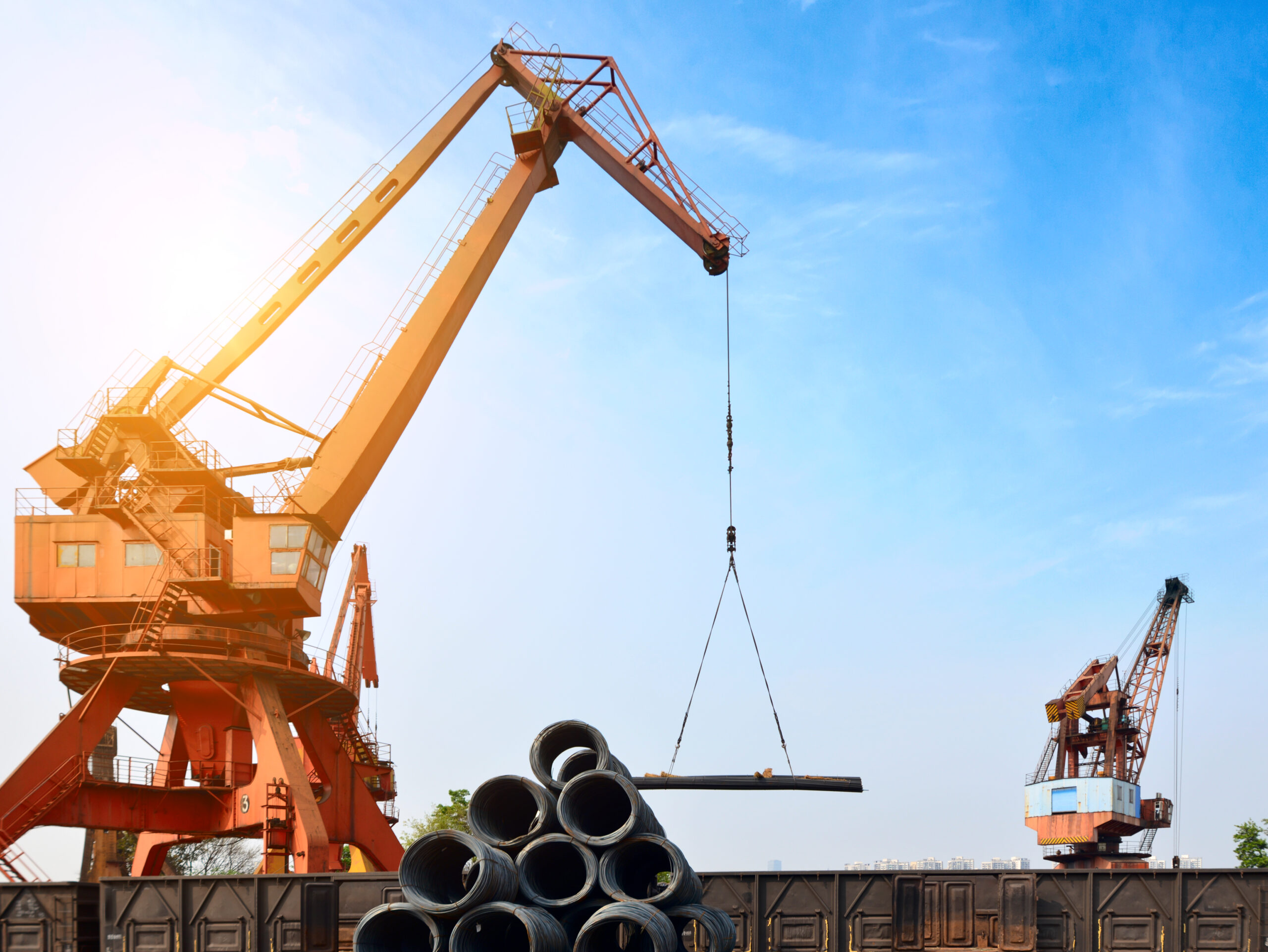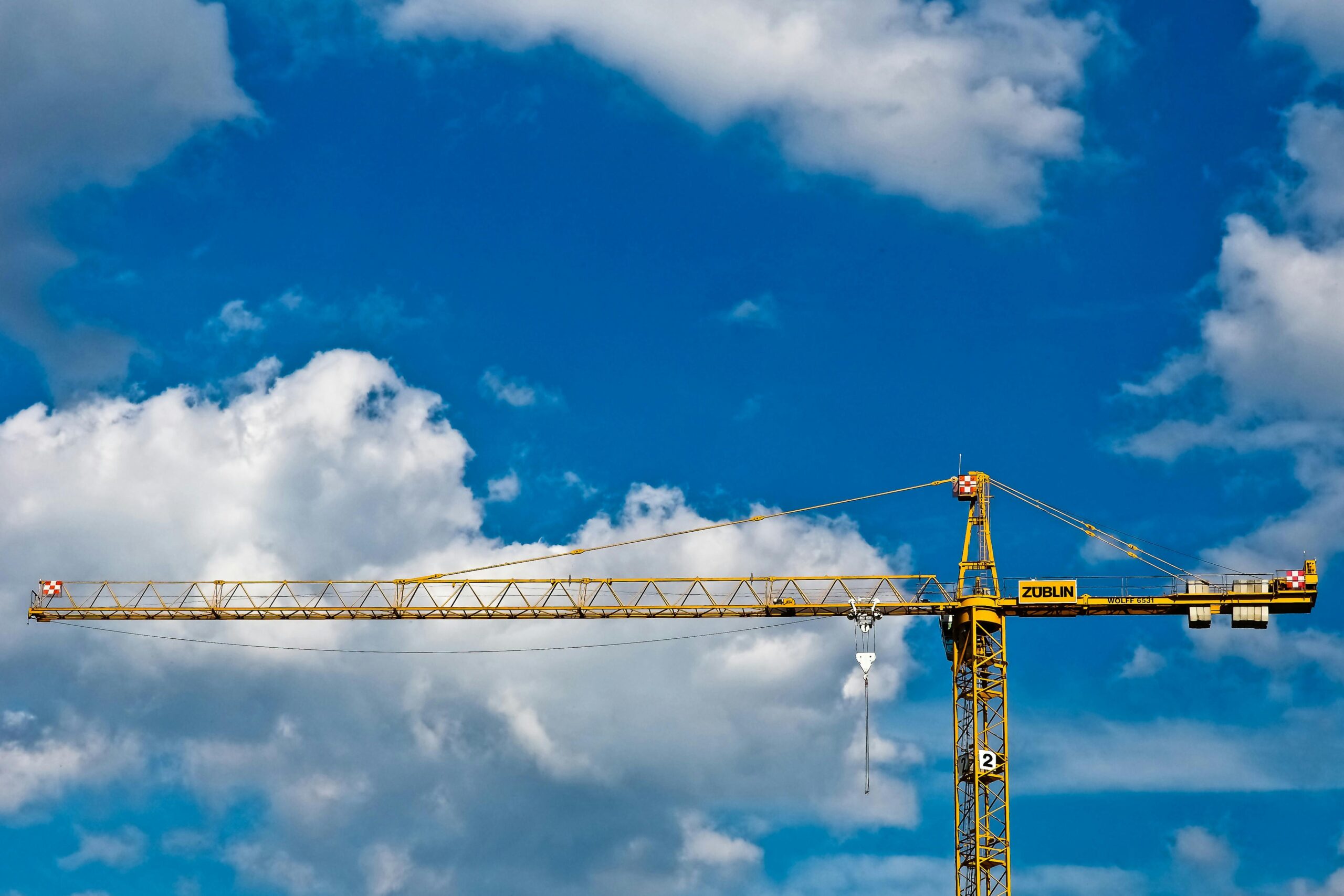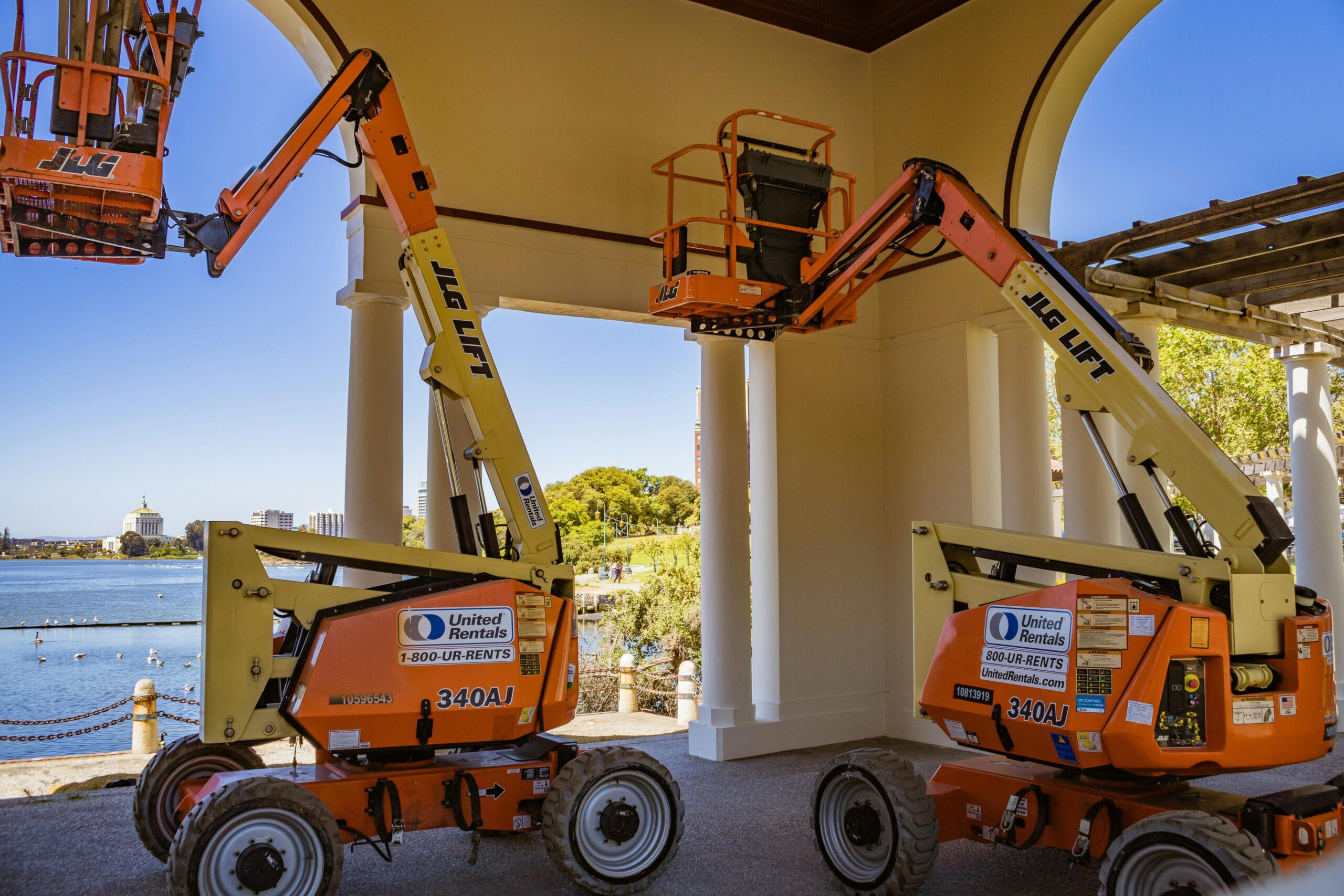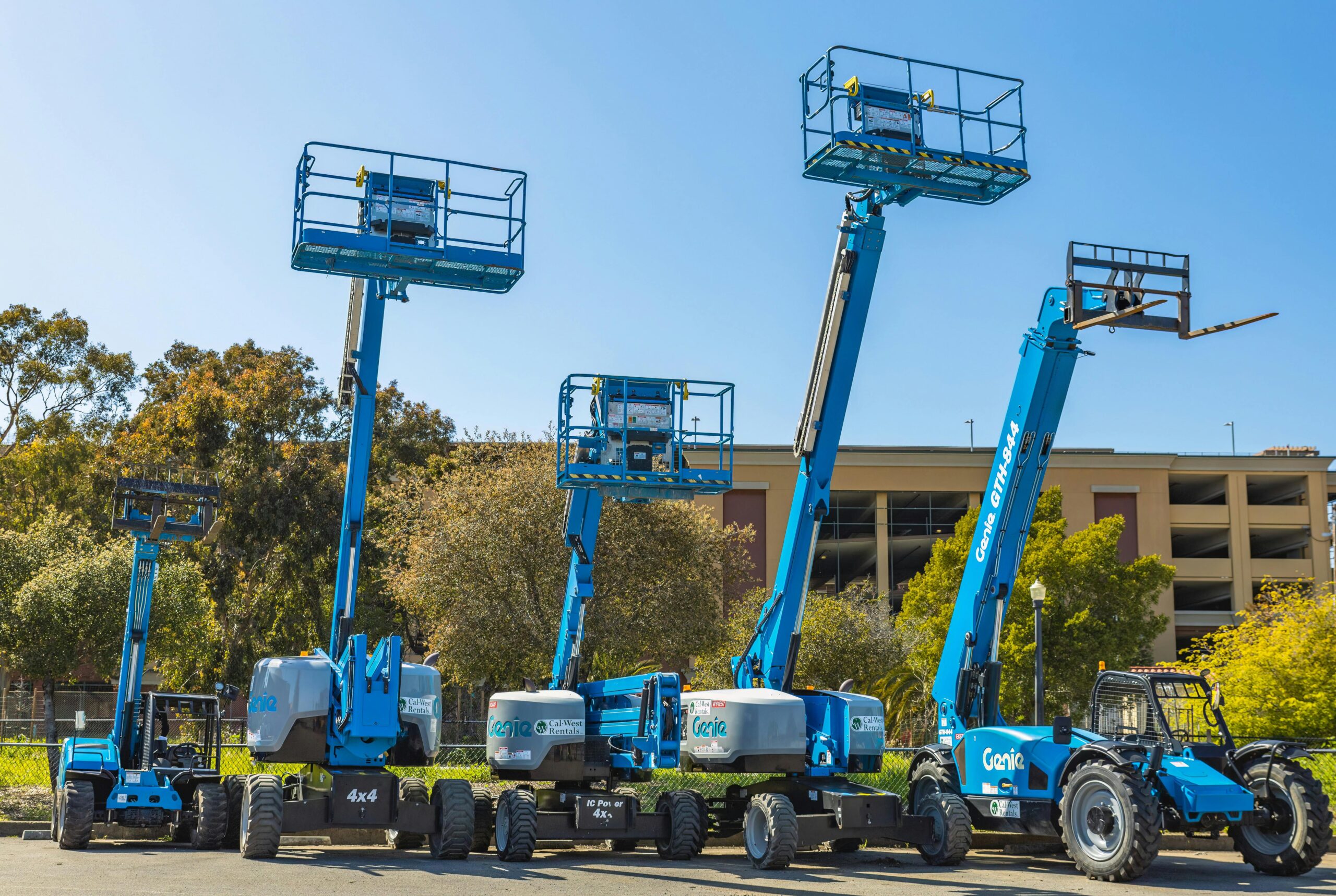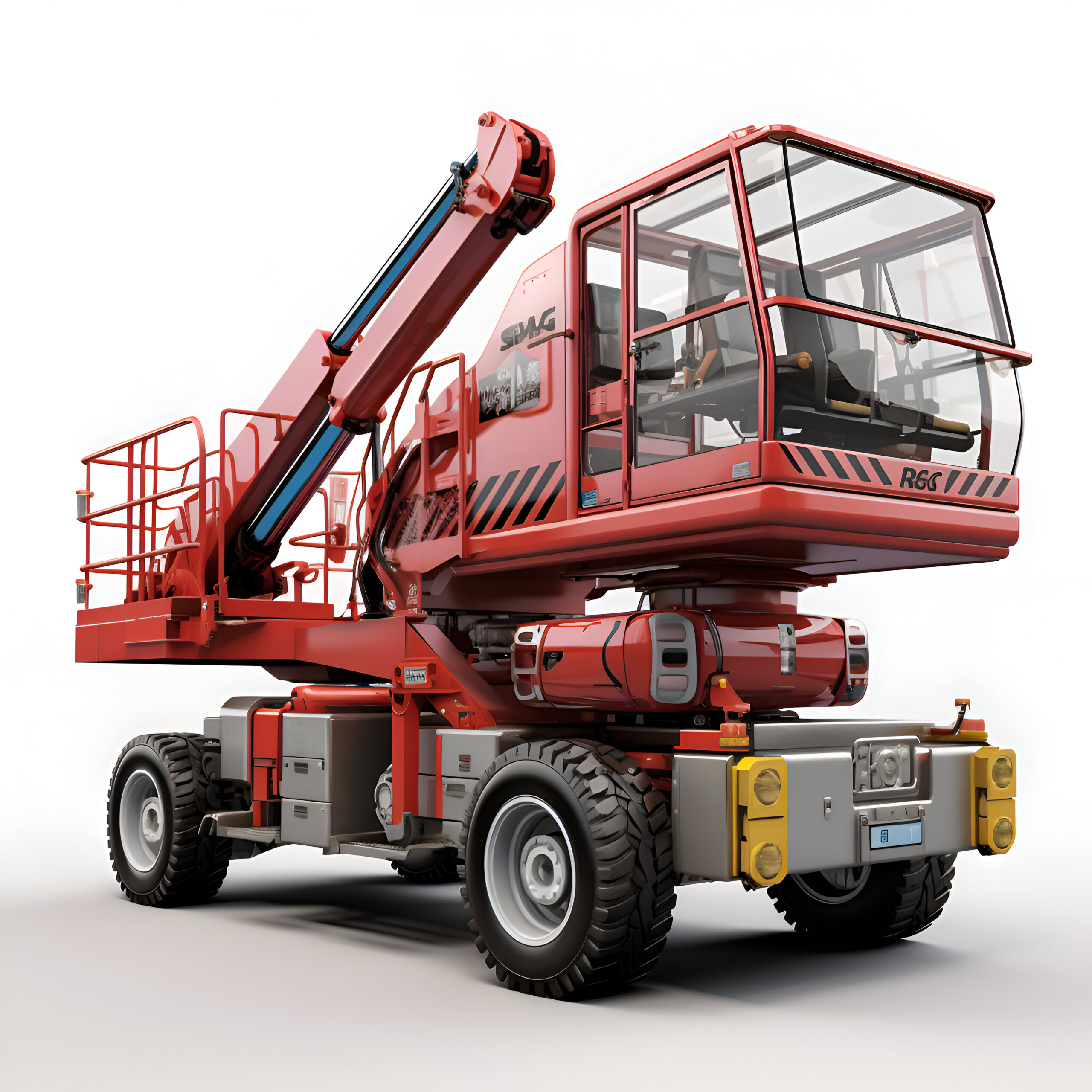Renting a Crane or Lift
When managing large-scale construction projects, industrial maintenance tasks, or event setups, one of the most critical decisions businesses face is whether to invest in purchasing heavy lifting equipment like cranes and aerial lifts or opt for rental solutions.

